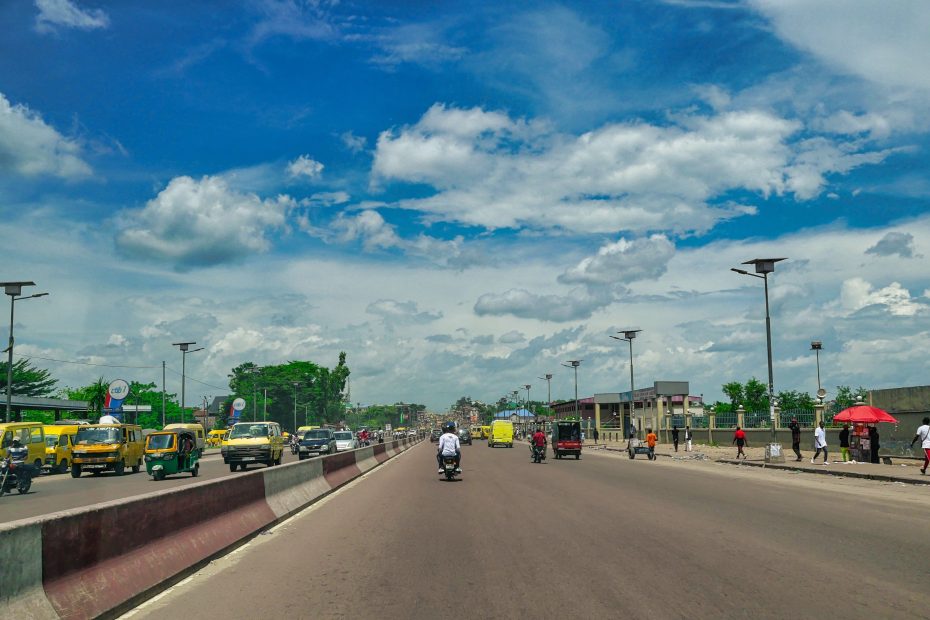The Democratic Republic of the Congo, located in Central Africa, is a vast country with incredible natural diversity. Though it faces many challenges, including war, poverty and disease, the Congo contains some of Africa’s last untouched wilderness areas, full of unique wildlife and landscapes waiting to be explored. For those seeking adventure off the beaten path, the Congo offers compelling opportunities to discover hidden gems most travelers never get to see.
Table of Contents
Congo Basin
The Congo Basin rainforest is the second largest in the world after the Amazon and the largest in Africa. This lush forest ecosystem supports an incredible diversity of plant and animal life, including over 10,000 species of tropical plants, 30% of which are unique to the region. The Congo rainforest plays a major role in regulating climate and weather patterns across Africa.
Endangered Wildlife
Some of Africa’s most iconic wildlife species make their home in the jungles of the Congo. Endangered mountain gorillas are found only in the volcanic Virunga mountains along the Congo’s border with Rwanda and Uganda. Chimpanzees, humanity’s closest genetic relatives, also inhabit Congolese forests. Reclusive okapis, a rainforest giraffe relative, occur only in the Congo. Majestic forest elephants, smaller than savanna elephants, roam the Congo’s forests in small, threatened populations.
Congo River
The mighty Congo River is the second largest in Africa after the Nile and holds the title of having the second highest volume of any river worldwide. This major waterway snakes through the Congo rainforest and its many tributaries, moving water and nutrients throughout the ecosystem. The river supports unique species like the endangered Congo river dolphin.
Waterfalls
Along the course of the Congo River are scenic rapids and tall waterfalls, including the renowned Boyoma Falls (formerly Stanley Falls). At over 60 feet high and more than 6,500 feet wide, Boyoma is one of the largest waterfalls in the world. Further upstream are the Livingstone Falls, named after the explorer David Livingstone. These falls span 150 miles of the river.
National Parks
The Congo contains Africa’s oldest national park, Virunga, established in 1925. Virunga protects diverse mountain gorilla groups and active volcanoes. Garamba National Park, farther north, provides refuge for the last wild giraffes in the Congo as well as elephants and antelopes. Salonga National Park encompasses the largest swath of pristine Congo rainforest, home to many endemic species like the Congo peacock.
Environmental Threats
While the Congo’s wilderness remains breathtaking, it faces growing threats. Deforestation from logging and land clearing for agriculture destroys wildlife habitat. Poaching takes a toll on endangered animals. Unregulated mining pollutes rivers and forests. Climate change alters ecosystems and further strains endangered populations.
Conservation Efforts
In spite of the Congo’s turmoil, dedicated rangers and conservationists work to protect its national parks and wildlife. Eco-tourism, when security allows, offers income to local communities that preserves gorillas and their forest habitat. Community-based conservation programs enlist villagers in anti-poaching and sustainable development initiatives that benefit both people and nature.
Conclusion
From lowland gorilla forests to the roaring Livingstone Falls, the Congo contains some of the world’s last untouched wild places, harboring unique biodiversity and natural wonders. While daunting threats exist, the tireless efforts of Congolese conservationists provide hope that these hidden gems can be preserved for future generations to cherish and explore. Though the Congo’s path forward remains complex, protecting its living heritage must be part of the solution for the country and our planet.
FAQs
Q: How many species are found only in the Congo rainforest?
A: Over 10,000 plant species and 30% of the Congo’s plant life is endemic, meaning they are unique only to this region. Many animal species are also endemic, though exact numbers are unknown.
Q: What is Congo’s oldest national park?
A: Virunga National Park, established in 1925, is Africa’s oldest national park. It is known for mountain gorillas.
Q: What species is only found in the Congo River?
A: The endangered Congo River dolphin is unique to the Congo River and its tributaries.
Q: How tall is Boyoma Falls?
A: Boyoma Falls is over 60 feet high.
Q: What endangered species is Salonga National Park known for protecting?
A: Salonga National Park provides important habitat for endemic species like the Congo peacock.
